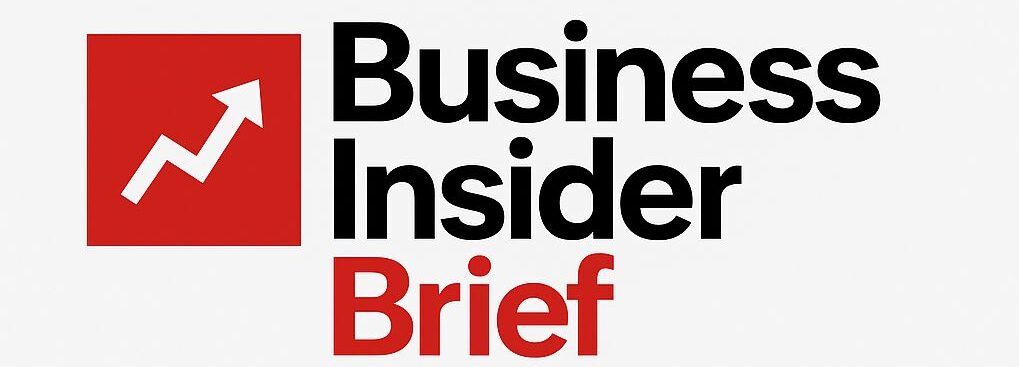Ever wondered what makes a business tick? Whether you’re an investor, a partner, a job seeker, or just curious, profiling a business helps paint a clear, detailed picture of how a company operates, what it stands for, and where it’s headed.
It’s like putting a business under a magnifying glass—zooming in on its strengths, weaknesses, structure, market position, and future goals. This isn’t just a corporate resume. It’s a comprehensive tool used to evaluate and understand a company from the inside out.
Key Elements of a Business Profile
To properly profile a business, you need to dig into several important areas:
Business Overview
Start with the basics. What’s the name of the company? Where is it located? When was it founded? This sets the foundation for your profile.
Vision and Mission Statements
These statements explain what the business hopes to achieve (vision) and how it plans to get there (mission). They reflect the company’s core values and long-term goals.
Products and Services Offered
What does the business actually sell or provide? Break down the primary products, services, or solutions it offers to customers.
Target Market
Who is the business trying to reach? This could be based on age, income, location, lifestyle, or industry type.
Business Model
Is it B2B (business to business) or B2C (business to customer)? Subscription-based, direct sales, e-commerce, or something else?
Financial Performance
If public, mention annual revenue, profit margins, and financial growth over the past few years.
Understanding the Company’s Background
History and Founders
Tell the story of how the company came to life. Who started it? Why? And how has it evolved?
Milestones and Achievements
Highlight important events like new product launches, market expansions, awards, or notable partnerships.
Analyzing the Organizational Structure
Leadership and Management
Who are the key players? CEOs, founders, managers—what’s their experience and impact?
Team and Departments
What’s the company structure like? How many employees? What departments exist?
Market Position and Competitive Advantage
Industry Analysis
What sector does the business belong to? Is it growing, shrinking, or highly competitive?
SWOT Analysis
List the Strengths, Weaknesses, Opportunities, and Threats facing the company to get a better idea of internal and external factors.
Competitor Overview
Compare with main competitors. What gives this business the edge—or where does it fall short?
Marketing and Branding Strategies
Online Presence and Digital Marketing
Is the company active online? Do they use SEO, social media, PPC ads, or email marketing?
Branding and Customer Perception
How do people see the brand? What’s its reputation? Any unique logo, tagline, or visual style?
Operations and Logistics
Supply Chain and Distribution
How does the product get from the manufacturer to the customer? Are there partnerships with suppliers or logistics firms?
Technologies Used
What tech tools or platforms does the business rely on? Think CRM systems, inventory software, AI tools, etc.
Financial Health Assessment
Revenue Streams
Where does the money come from? Multiple products, subscriptions, ad revenue, consulting?
Profit Margins and Growth Rate
Is the business making consistent profits? How fast is it growing?
Funding and Investment
Has the company raised venture capital? Is it bootstrapped or publicly traded?
Legal and Regulatory Compliance
Licenses and Certifications
What does the company need legally to operate? Business licenses, health and safety certs, industry-specific approvals?
Industry-Specific Regulations
Some industries like healthcare or finance have strict regulations—how does the business stay compliant?
Corporate Social Responsibility (CSR)
Sustainability Practices
Is the company eco-friendly? Uses renewable energy? Reduces waste?
Community Engagement
Does the business give back through donations, charity work, or local events?
Future Outlook
Expansion Plans
Is the company planning to expand locally or globally? Add new products? Enter new markets?
Market Trends Affecting the Business
What external trends—like AI, sustainability, or remote work—are shaping its future?
Conclusion
Profiling a business isn’t just a box-ticking exercise. It’s about understanding the DNA of a company—its people, processes, performance, and potential. Whether you’re an entrepreneur crafting your own business profile or an analyst researching others, having a complete and honest picture can open up new doors for growth, investment, and collaboration.
FAQs
1. What is the purpose of profiling a business?
To understand a company’s operations, goals, and market position, and to evaluate its performance and potential.
2. How do I start writing a business profile?
Begin with basic company details, then cover products, market, structure, financials, and future plans.
3. What tools can help with business profiling?
Use tools like SWOT analysis, financial reports, market research databases, and business model canvases.
4. Can a business profile attract investors?
Yes. A well-written business profile gives investors the insight they need to make funding decisions.
5. How often should a business profile be updated?
At least once a year, or whenever there are major changes like leadership, financial performance, or market strategy.

